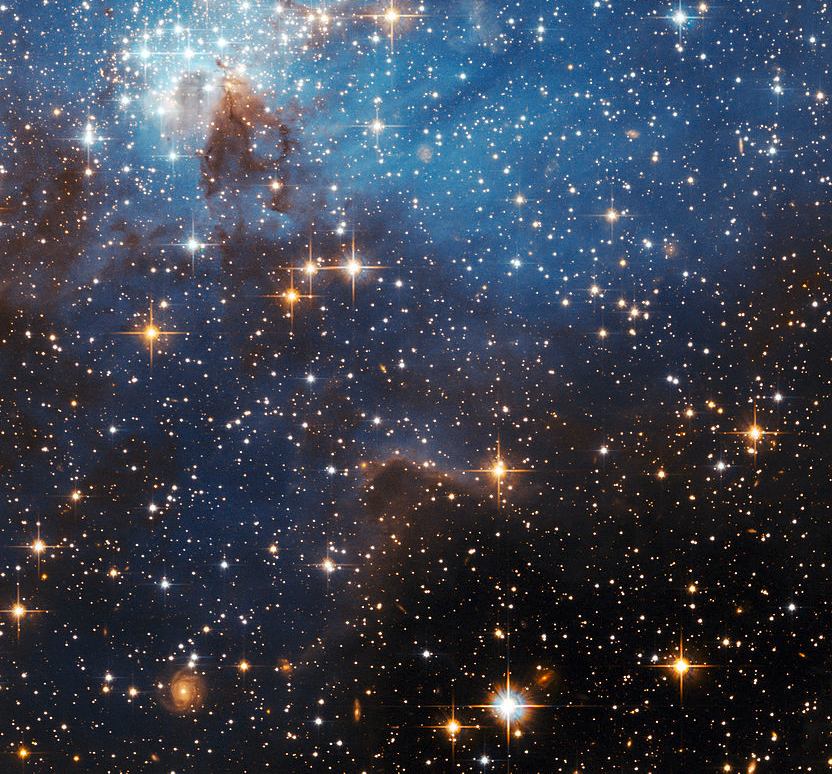PILGRIMAGE
The voyage of
Speedwell and Mayflower
Speedwell was 60 tons and travelled to America alongside
Mayflower with the pilgrims, it was the smaller of the two ships. Speedwell was
built in 1577 under the name Swiftsure as English preparations for war against
Spain. She served in the Spanish Armanda after the hostilities with Spain she
was decommissioned and renamed Speedwell in 1605. 11 people from Speedwell got
on Mayflower and for the third time set sail from Plymouth 6th September
1620. The replacement of Speedwell came a year later on the 9th
November 1621 called fortune Phillipe de Lannoy made it at the age of 18.
The Pilgrim Fathers
In American colonial history, settlers of
Plymouth Mass. The first permanent colony in New England (1620). Of the 102
colonists, 35 were members of the English Separatist Church (a radical faction
of Puritanism) who had earlier fled to Leiden, the Netherlands, to escape
persecution at home. Some names of the Pilgrim Fathers:
These
pilgrims are called puritans with their heretic beliefs of Christians church.


